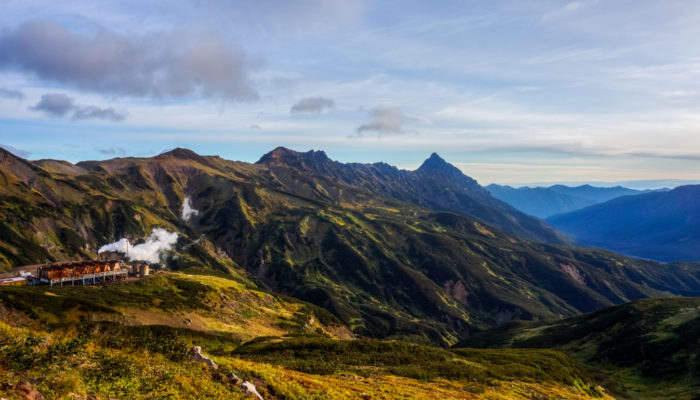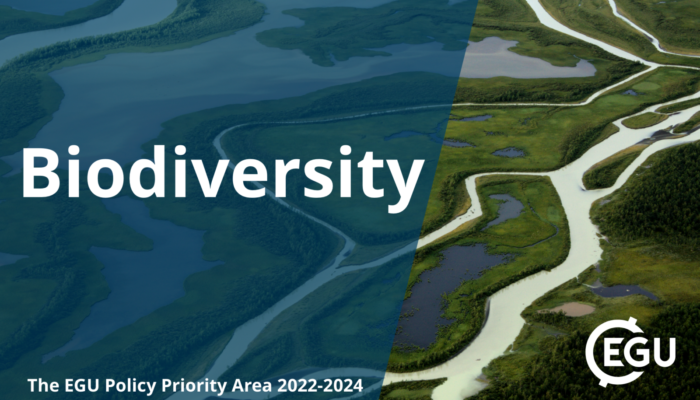Each month we feature specific Divisions of EGU and during the monthly GeoRoundup we will be putting the journals that publish science from those Divisions at the top of the Highlights roundup. For November, the Divisions we are featuring are: Energy, Resources and Environment (ERE), Nonlinear Processes in Geoscience (NP) and Seismology (SM). They are served by the journals: Geoscientific Model De ...[Read More]
Imaggeo On Monday: Chuquicamata copper mine, Chile

Aerial view of the Chuquicamata copper mine in Northern Chile. This is the largest open pit copper mine in the world by volume (at the time of sharing). At this location the copper and molybdenum is extracted from a porphyry deposit that was formed beneath a volcano in the Andean subduction zone. Description by Martyn Unsworth, after the description on imaggeo.egu.eu. Although much o ...[Read More]
Imaggeo On Monday: Green Energy of Kamchatka

The Mutnovsky Geothermal Power Plant is the largest geothermal power plant in Russia (the time of writing). It is located near to volcanic mountain Mutnovsky at altitude of 800 m and has a capacity of 50 MW. The Mutnovsky Geothermal Power Plant has resolved the problem of raising the stability of the power supply for the Kamchatka region, at the expense of using the richest stocks of thermal heat ...[Read More]
GeoTalk: what is the EGU Biodiversity Task Force? with Policy Manager Chloe Hill
This week EGU announced the launch of an open call for members of a new Biodiversity Task Force to help EGU interact with European policymakers through it’s official Policy Priority Area ‘Biodiversity’. But what is a policy Task Force? What kind of work is involved? And are you eligible to apply to be a member? We sat down with EGU Policy Manager Chloe Hill to talk about the rece ...[Read More]


